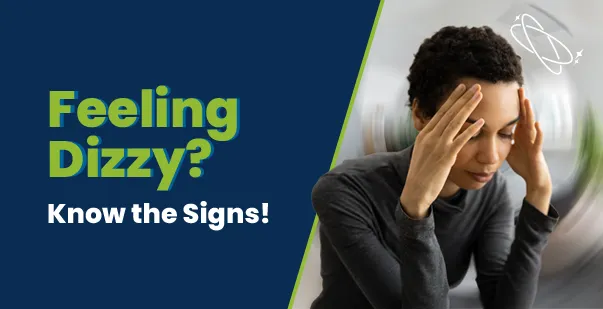Postural Orthostatic Tachycardia Syndrome (POTS) is a disorder of the autonomic nervous system (ANS) characterized by an excessive increase in heart rate upon standing. One of its features is an excessive increase in heart rate upon standing, but the condition doesn’t stop there. Its symptoms can range from manageable discomfort to severe life-altering challenges, often leaving individuals searching for answers. Want to learn about these POTS symptoms? This blog will explain the signs and symptoms of POTS to help with diagnosis and treatment.
Master ACLS Now
Get ACLS certified with confidence
What is POTS?
POTS is a condition in which most of the blood remains in the lower half of the body when standing, causing the heart to race to compensate. When standing up, gravity naturally pulls blood toward the legs and feet, temporarily reducing blood flow to the upper body, including the heart and brain. When you stand up, your brain normally tells the blood vessels in your lower body to tighten and your heart to beat a little faster. This helps the blood to flow properly, and your body keeps working as it should.
This system doesn’t work properly in people with POTS. The blood vessels in the lower body do not tighten enough while standing, so the heart has to work extra hard and beat much faster than it should to keep blood circulating. As a result, the brain and other organs may not receive sufficient blood, which can cause fainting and dizziness.
You can also understand POTS in its full form. Each letter of POTS defines a syndrome. P stands for postural, which refers to the position of your body. O stands for Orthostatic, which refers to standing upright. T stands for tachycardia, which is an increased heart rate. S stands for syndrome, which is a group of symptoms.
POTS can occur in anyone but is most common in women between the ages of 15 and 50. Additionally, in POTS, changing positions can disrupt blood flow, causing a condition known as orthostatic intolerance. This is the main symptom of POTS syndrome flare-up and can leave you feeling dizzy, lightheaded, or on the verge of fainting.
What are the Types of POTS?
There are many symptoms of POTS flare-ups that can be mild or severe. To better understand the condition and explore treatment options, healthcare providers often group it into subtypes based on the underlying mechanisms. These subtypes are:
Neuropathic POTS
This type involves damage to the small nerve fibers that help control blood vessel contractions in the abdomen and limbs, affecting proper blood flow. When standing, blood pools in the lower body, leading to poor circulation. This can cause dizziness, lightheadedness, and fatigue, especially after prolonged standing.
Hyperadrenergic POTS
In this type, the body produces excessively high levels of norepinephrine, a stress hormone, leading to an overactive sympathetic nervous system (SNS). This leads to a rapid heart rate, anxiety, shaking, and high blood pressure upon standing. Individuals may also experience headaches, palpitations, and excessive sweating.
Hypovolemic POTS
This occurs when the body has an unusually low blood volume, which affects circulation and overall function. This can result in fainting, extreme fatigue, and difficulty concentrating (brain fog). Other symptoms include dizziness, rapid heartbeat, and thirst due to inadequate blood flow to vital organs.
Secondary POTS
In this case, the condition is linked to an underlying health issue, such as Lyme disease, diabetes, or autoimmune disorders like Sjögren’s syndrome or lupus, which can cause autonomic nerve damage. These conditions can damage the autonomic nerves responsible for regulating blood flow and heart rate. Symptoms often include severe fatigue, joint or muscle pain, and digestive issues.
Exploring Symptoms of POTS
POTS is a condition with symptoms that vary widely among individuals and often overlap across multiple bodily systems. The POTS signs and symptoms can be broadly categorized into cardiovascular, neurological, gastrointestinal, and general signs, each reflecting the systemic impact of autonomic nervous system dysfunction. These categories will help identify the unique challenges faced by individuals with POTS. Below is a breakdown of the POTS symptoms checklist and their effects on daily life.
Cardiovascular Symptoms
One of the features of POTS symptoms is an exaggerated increase in heart rate when transitioning from lying down to standing. For adults, this increase is typically more than 30 beats per minute within 10 minutes of standing. This abnormal heart rate response can lead to a variety of cardiovascular symptoms, including palpitations. Palpitation is the sensation of a racing or irregular heartbeat, even during minimal exertion. It is considered one of the common POTS attack symptoms.
Another frequent complaint is lightheadedness or dizziness, which often results from inadequate blood flow to the brain when standing. Some individuals may also experience fainting (syncope), particularly during severe POTS flare symptoms. In this, the sudden drop in blood pressure or insufficient blood flow causes a loss of consciousness.
Neurological Symptoms
Neurological POTS symptoms can be particularly challenging and often affect cognitive function and overall well-being. Many people with POTS experience brain fog, which makes it hard to concentrate, remember things, or think clearly. People often describe brain fog to a doctor as a cloud hanging over their head. It can make everyday tasks feel like an uphill battle.
Headaches, including severe migraines or tension headaches, are also common, especially during a POTS flare-up when posture changes can trigger or worsen the pain. Shakiness or tremors are other common symptoms, creating a sense of unsteadiness or fine tremors that often make it feel like the body is out of control during a POTS attack.
Additionally, we mostly see an overlap between POTS and ADHD symptoms, with many people noticing difficulty focusing and being more easily distracted. This can add another layer of frustration to the already complex cognitive challenges faced by POTS ADHD patients.
Gastrointestinal Symptoms
Disruptions in the autonomic nervous system can also impact the digestive system, leading to a variety of gastrointestinal symptoms. Many people with POTS experience nausea, which often worsens after eating or when standing, making it even more uncomfortable. Bloating is another common issue, where you feel overly full even after eating small meals.
Some individuals also deal with diarrhea or constipation, with alternating bowel habits that can resemble irritable bowel syndrome. Although less common, difficulty swallowing can be considered a severe POTS disease symptom, adding to the discomfort and complexity of managing this condition.
Skin Symptoms in POTS
POTS skin symptoms are often overlooked but can be quite irritating. They result from poor blood circulation and autonomic dysfunction. Some individuals notice skin discoloration, where their legs or hands may appear patchy or turn bluish or reddish, especially when standing. This can be a disorienting and concerning symptom.
Cold extremities are another common complaint, with hands and feet feeling persistently cold, even in warmer environments, as reduced blood flow affects temperature regulation. Additionally, some people experience flushing or excessive sweating, which can happen in POTS flare-up symptoms.
General Symptoms of POTS
The general POTS symptoms have a drastic impact on the body, affecting a person’s overall quality of life. One of the most challenging is exercise intolerance. In this condition, even light physical activity can cause overwhelming fatigue and weakness, leaving individuals feeling drained and sometimes unable to complete basic tasks.
Heat intolerance is another common symptom. People who struggle to cope in hot environments often feel dizzy or faint. Additionally, sleep disturbances, such as insomnia or poor sleep quality, are frequent, making it even harder to manage fatigue.
POTS flare-up symptoms are particularly severe as normal symptoms intensify. These flare-ups are often triggered by dehydration, stress, or illness and may include heightened dizziness, chest pain, and extreme exhaustion.
Read More: Female CPR Training and What You Need To Know
POTS Diagnosis and Medication
Diagnosing POTS can be challenging since its symptoms affect various organ systems, and the most troublesome symptom can vary from person to person. Often, symptoms have been ongoing for months before a diagnosis is made. To diagnose POTS, your doctor will conduct a physical exam, order blood tests, and perform a standing test or a tilt table test.
Tilt Table Test
In the tilt table test, you lie flat on a table that is slowly tilted to an almost upright position. During this process, your heart rate, blood pressure, and sometimes oxygen and carbon dioxide levels are monitored.
There isn’t a one-size-fits-all medication for POTS, but many people with frequent symptoms that affect their daily lives may require medication. Finding the right treatment can take time and often involves trial and error between doctors and patients. Medications may focus on:
- Increasing blood volume
- Helping the kidneys retain sodium (e.g., fludrocortisone)
- Slowing down the heart rate or blocking the impact of adrenal hormones on the heart (e.g., beta-blockers)
- Enhancing blood vessel constriction (e.g., midodrine)
Read More: POTS Diet Plan: Best Foods & Foods to Avoid
Living With POTS
With careful attention to sodium and fluid intake, compression garments, regular exercise, and the right medications, many people with POTS can lead successful lives while managing their school or work responsibilities. However, POTS symptoms can flare up unexpectedly. To help manage these fluctuations, arranging accommodations like regular snack breaks and flexible hours can make a big difference in helping people thrive in academic or work environments. Enroll in the ACLS course to learn more about POTS symptoms.







